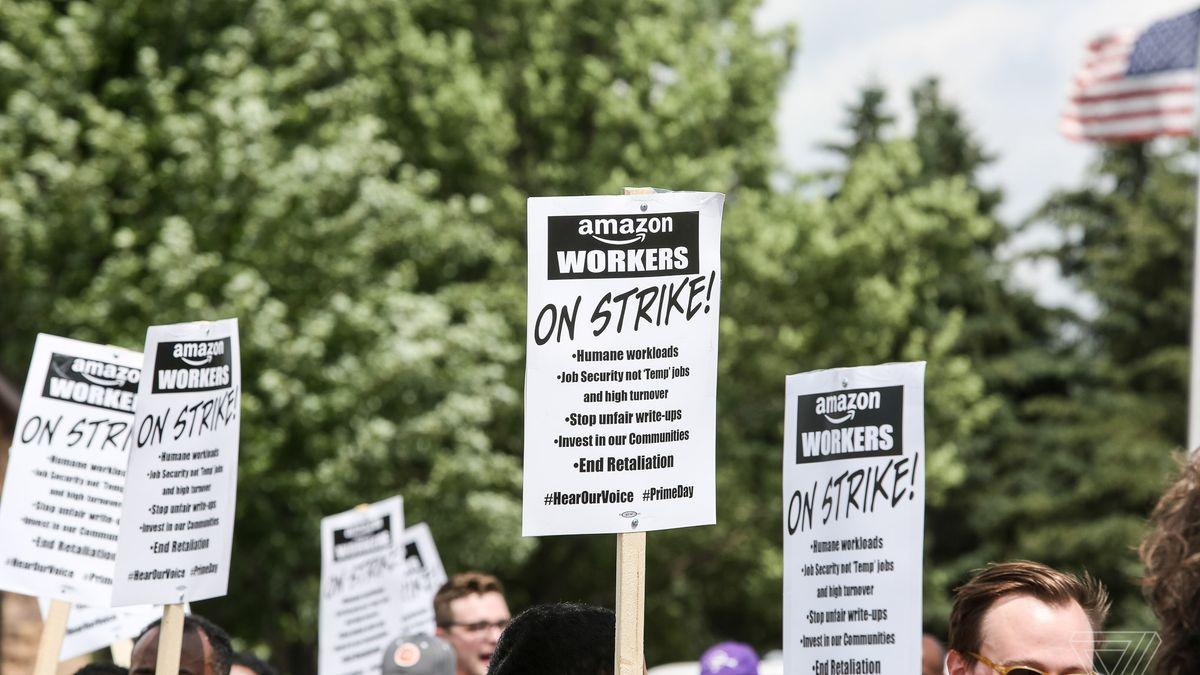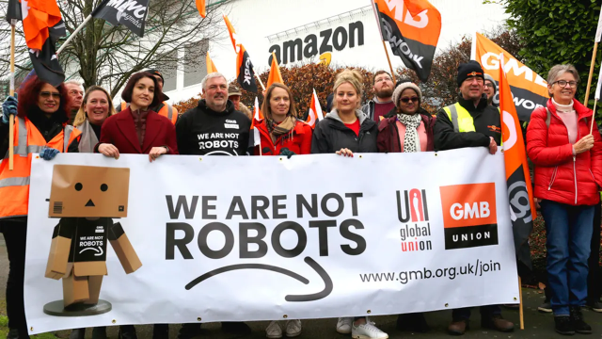Earlier in the year I wrote a blog on how Amazon is smashing it with their advertising platform. Ad revenue was up 39% YoY with a total of $14.1 billion in 2019. Since 2014 revenue overall for Amazon has tripled.
Whether they’re going to replicate this trend through to 2020 is unknown but chief financial officer Brian Olsavsky did disclose that Q1 2020 ad growth rate was in line with Q4 2019.
Today I’m going to answer the question of how Amazon survived the biggest global crisis ever.
You don’t need me to tell you that COVID-19 threw a spanner in the works for most industries. However it was very much a future that Amazon has been planning for since its creation 26 years ago.
Despite how well a global pandemic complements Amazon’s business strategy, Amazon was still overwhelmed by the amount of orders, from both panic shoppers & casual shoppers. To cope with the dramatic increase in orders Amazon then hired over 800,000 new workers.
Since COVID-19 more than 150 million users have signed up for Amazon Prime subscriptions, with this comes the use of free next day delivery but also the streaming service provided by Amazon. This reaches the users fleeing to online shopping for their necessities as some of the lines for physical stores were too long, stock was low & it became a scary setting for many people & also the users flocking to streaming software, which very quickly became a popular pastime for people stuck inside.
Despite the increased workforce the issues weren’t resolved. The workload on the employees was simply too much. For warehouse employees to meet their quota they’d have to pick & load at least 1 parcel every 9 seconds. This entails walking miles a day around the warehouse searching for items to be collected & handed off for packing. Failure to achieve this would lead to a ‘write up’ and eventually the worker losing their job for not being able to keep up with the pace set by robot workers in the warehouses.
As a result on the 1st May the workers held a protest for fair working conditions & more adequate safety precautions to be put in place.



After this protest Amazon has planned to spend $4 billion or more in Q2 on coronavirus related expenses which includes investing in PPE & enhanced cleaning of facilities.
Amazon was achieving revenue levels of up to $33 million an hour in the first months of coronavirus and it isn't that surprising! Amazon's business model is designed to profit from a global crisis and that is what happened, despite CEO Jeff Bezos describing it as “the hardest time we’ve ever faced”.
Amazon was already equipped with everything they needed to capitalize on a situation like this, with big data, AI & machine learning they were able to respond swiftly to the pandemic.
Machine learning drives our algorithms for demand forecasting, product search ranking, deals recommendations, merchandising placements, fraud detection, transactions & much more.
Another area where Amazon was able to capitalize on this pandemic was within voice search. Using it to expand Alexa to answer an abundance of COVID-19 related queries & with work in the pipeline to teach Alexa to notice the signs of different symptoms, e.g. coughing & this could be a huge step into telemedicine at such a critical time.
Overall Amazon saw intense success off the back of the coronavirus pandemic, and it’s no surprise. With all of the branches under the Amazon umbrella, with the advertising platform, Amazon web services, third party sellers, subscriptions & general retail - it’s unstoppable. It will be interesting to see the overall performance of 2020 at the end of the year.




